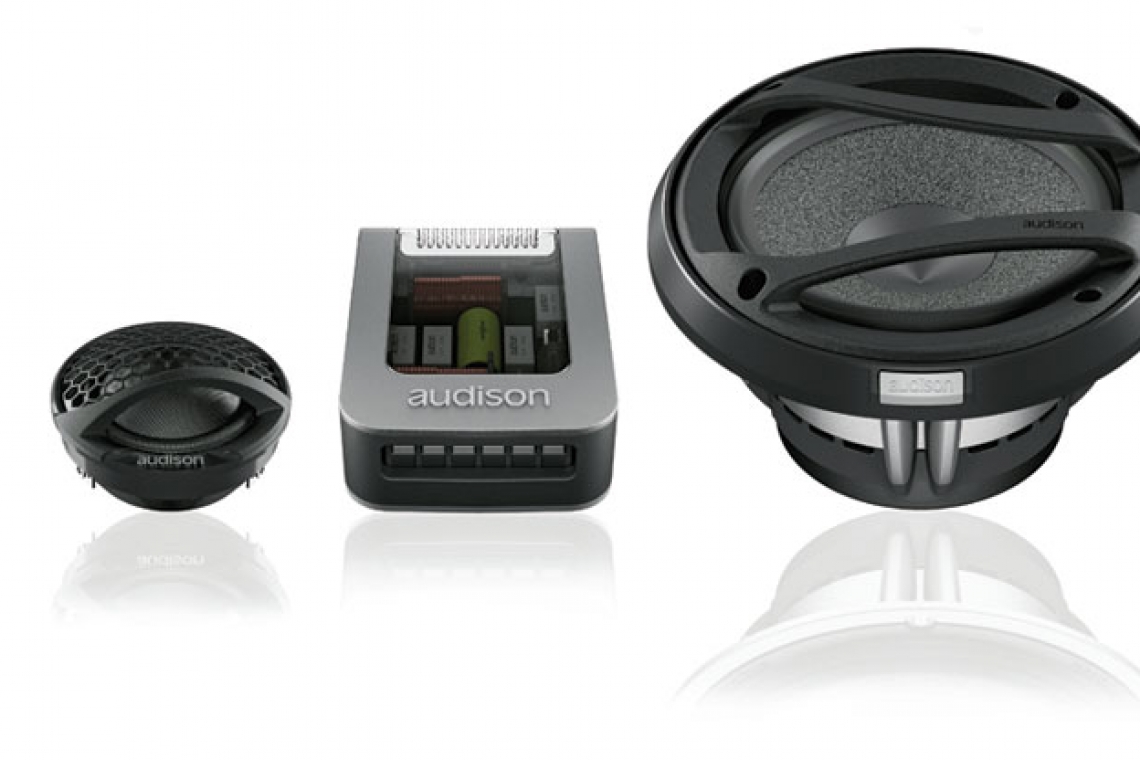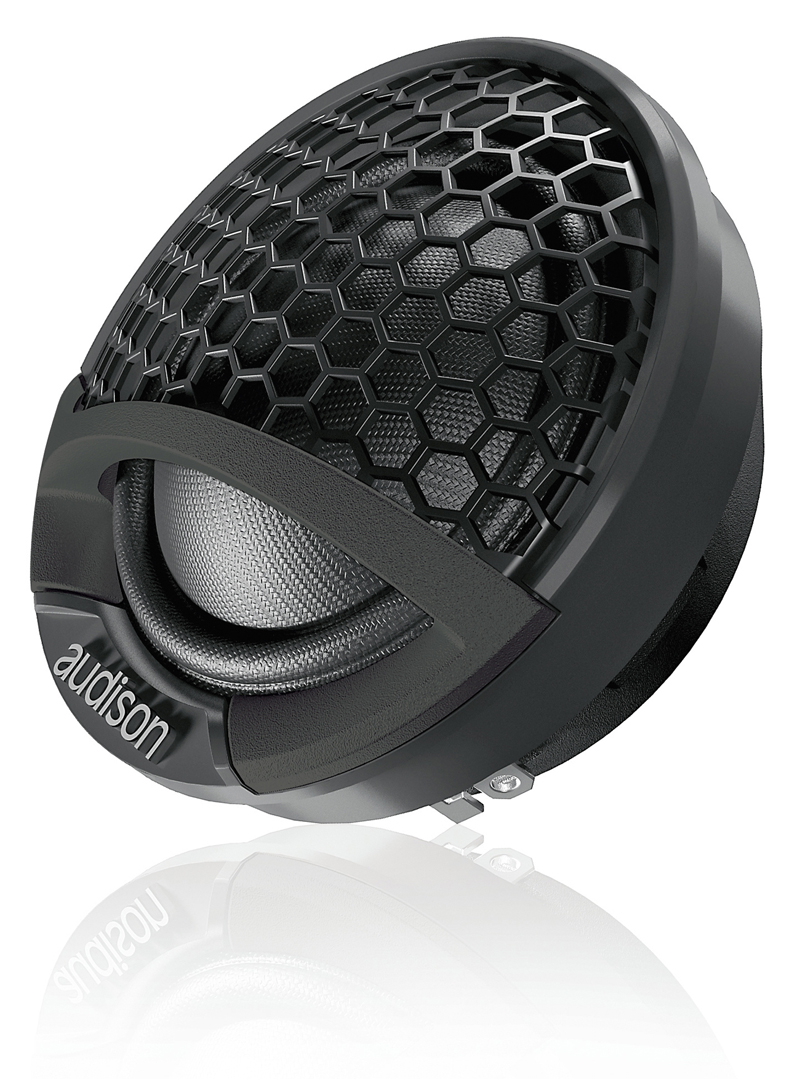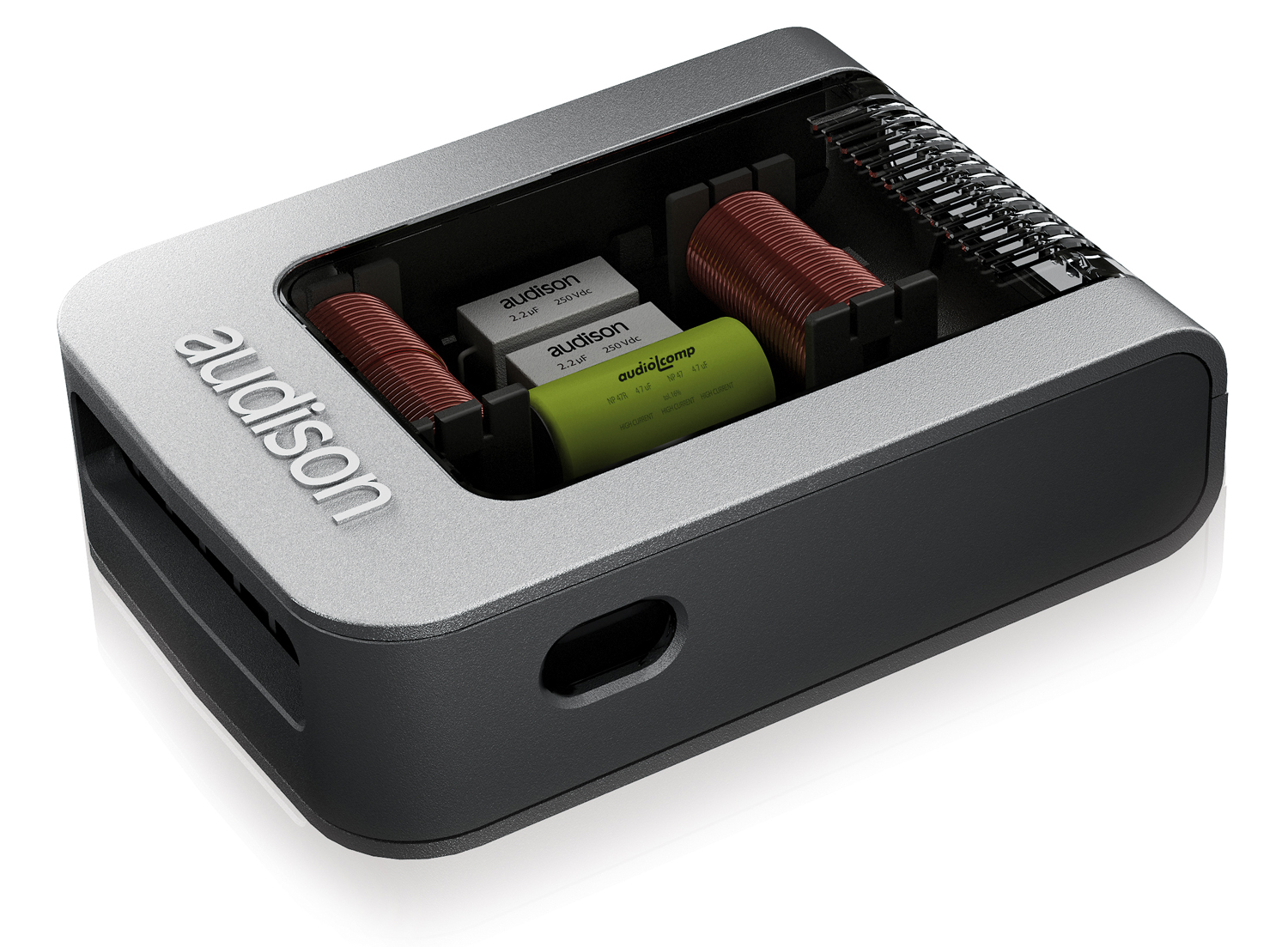It’s always a pleasure to review a high quality, well-made product and, after spending some time with the Audison Voce AV K6 component speakers, that’s exactly what we got.
Winners of the coveted EISA Award for Best European In-Car Speaker System, the Voce speaker series are meant for discriminating audio enthusiasts who find the Thesis line a bit beyond their budget. The Voce systems implement the technology of their high-end counterparts, but manage to keep the cost down. With a suggested retail price of $815, it’s a cost most serious enthusiasts can justify.
FEATURES
Mid-range: The mid-range driver in the system is 6.5-inches, and the cast-aluminum basket features specially shaped spokes to reduce air turbulence behind the driver. According to the tech sheet, the aerodynamic design promotes smooth air flow and reduces pressure reflections on the back of the cone, which can cause distortion.
The mid-range driver is powered by a high-quality ferrite motor which drives a 30 millimeter diameter voice coil. The two-layer coil is wound from copper clad aluminum wire to reduce moving mass and improve driver sensitivity. The coil drives a lightweight cotton fiber pressed paper cone, which has been treated with Audison’s “Light Damping” treatment. The driver dust cap is an inverted cone to further reduce distortion. Connecting the cone to the edge of the basket is a pleated “Triple Wave” rubber surround designed to maintain maximum sensitivity while providing full linearity and long travel.
To ensure reliable service, the driver uses a special venting cooling system which displaces heat around the diameter of the motor. Connections are made via nickel-plated terminals to secure the wires. Sturdy, if somewhat generic-looking mesh grilles are included as well.
Tweeter: The 28 millimeter high frequency tweeter in the AV K6 system features a Tetolon® dome and a REN® neodymium magnet. The Tetolon material is made from a combination of silk and cotton with a proprietary damping treatment to provide a low-mass tweeter and resonance-free response in the audible frequency spectrum. Like the mid, it also uses copper clad aluminum for its voice coil winding, and the rear damping chamber extends the lower limit of the tweeter’s frequency response. The wires are also pre-connected, so they just need to be extended to the crossover output terminals. Special mounting cups are included for surface or flush mounting, and the tweeters are protected with a permanent grill that covers about 80 percent of the domes surface.
Crossover: The crossover is fairly straightforward in the Voce system - the design has both high and low crossover points at 2.5 kHz using -12 dB/oct slopes. A switch allows for three tweeter level adjustments in 2 dB steps. The inductors are iron core, and the capacitor used for the tweeters network is a polystyrene type. The cap for the mid-range is an electrolytic type, presumably to save costs.
Connections are made via nickel-plated screw terminals with Phillips head screws. The top cover can be removed easily by pressing two release points, and when in place, it is held securely. The crossover housing is mounted with three screws which are hidden when the cover is in place.
LISTENING
I began with the tweeters at full output, and the speakers mounted in my listening room with the baffles five feet apart. I sat in the center, about eight feet back. With high end speakers like this, I tend to use more complex recordings for my evaluations. I began with the excellent acoustic guitar in Stanley Myers “Cavatina.” The recording was done inside a mission in San Juan Capistrano, and the acoustic effects are something to hear. The Voce components did an excellent job of reproducing the detail and resonance of the recording. In fact, they did it better than more expensive home audio speakers I recently auditioned. The next track was “My Fathers Shoes” by Cliff Eberhardt. I like this track because it has an exceptionally wide range of frequencies, and a well-recorded male vocal. The acoustic guitar and tight drumming sounded natural and realistic, and given my optimal setup, the Voce system provided a detailed, well-placed stereo image. This ability to image well speaks to the overall coherency of the system, and I noticed it again listening to The Manhattan Transfer song “Birdland.” I could actually place each singer and band member’s location from left to right, and even front to back.
When I get to listen to products like these, my session turns into several hours of my favorite tunes from a variety of genres. The Voce AV K6 components were consistently accurate and made listening a pleasurable experience.
PERFORMANCE / BENCH MEASUREMENTS
After the listening was done, I moved the Audison Voce system to the acoustics lab for some measurements. With a small dip in the response curve around 3 kHz (similar to other high end European systems) the Voce AV K6 curves looked as I suspected. The tweeter level controls worked exactly as they should, and distortion level was very low. In all, the lab measurements backed up the favorable impression of my listening tests, and underlined that this is indeed a very good quality, high performance speaker system.
QUICK SPECS
Recommended Power: 125 Watts Continuous / 250 Watts Peak
Sensitivity (2V/1M): 91 dB SPL
Frequency Response: 54 Hz – 25 kHz (-3 dB)
Mounting Depth: 2.7” (67 mm)
Mounting Diameter: 6.5” (165 mm)
Mid-range Resonance: 71 Hz
CONCLUSION
After spending two days evaluating the Audison Voce AV K6 components, I was definitely impressed. The system is well-made and sounds excellent. It could probably be mounted in bookshelf cabinets and no one would ever guess they were designed for car audio. Granted, at around $800 they’re not cheap, but for this level of quality and performance you might find they are worth every penny. For more info visit: www.audison.com.
Related Articles
 The Importance of Keeping a Vehicle Battery Fully Charged
The Importance of Keeping a Vehicle Battery Fully Charged
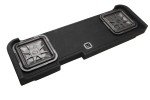 KICKER Under-Seat Loaded Enclosures for Ford, GMC, Chevy, RAM
KICKER Under-Seat Loaded Enclosures for Ford, GMC, Chevy, RAM
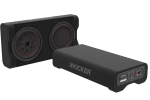 Understanding Audio Radiators w/ KICKER
Understanding Audio Radiators w/ KICKER
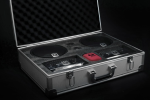 MB Quart Q Series Speakers
MB Quart Q Series Speakers
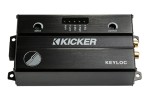 KICKER KEYLOC Smart Line-Out Converter
KICKER KEYLOC Smart Line-Out Converter
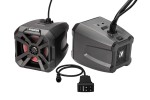 KICKER Begins Shipping PowerCans 6.5-inch Amplified Speaker Systems
KICKER Begins Shipping PowerCans 6.5-inch Amplified Speaker Systems


